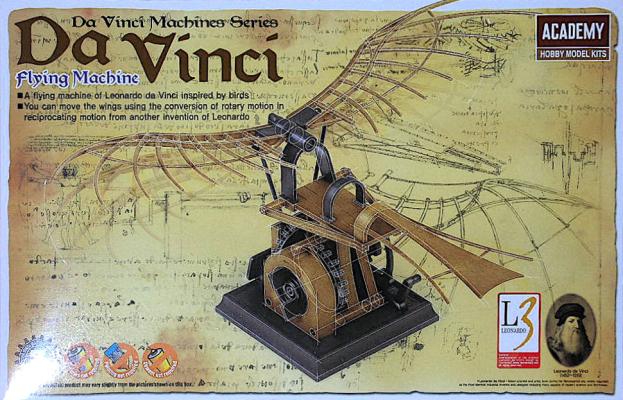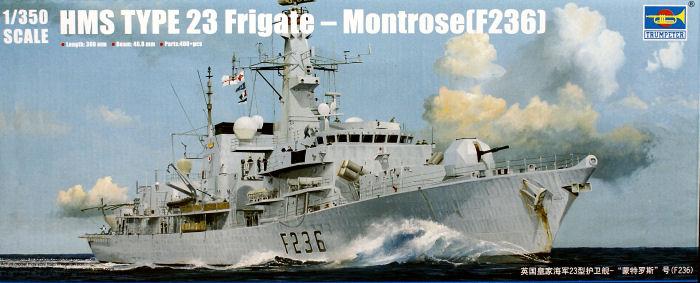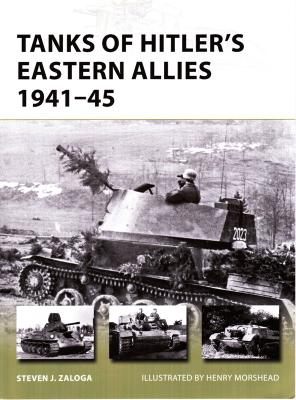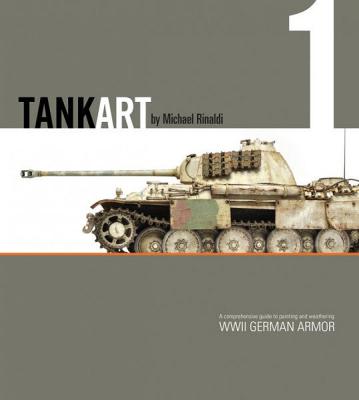The mind of Leonardo DaVinci must have been an interesting place. There's an entire museum in Milan full of his art work, architectural and biological drawings, and working models made from his original plans for a wide variety of machines, and Academy has released a series of spring-driven working models based on these. The subject of this review, his Flying Machine, contains a series of gears that drive two bird-like wings up and down. Of course, it doesn't actually fly, but it was an attempt to understand how birds do.
Welcome to the IPMS/USA Reviews site!
Introduction: The primary organization of the IPMS/USA Review website is by IPMS/USA National Contest Class. Within each Class there are sub-menus by kits, decals, books, etc. The Miscellaneous Class is for items that are not class specific or that cross two or more classes.
IPMS/USA Members: We encourage you to submit reviews, both here and to the Journal. To volunteer for membership in the IPMS/USA "Reviewers Corps" and submit your own reviews, please read the Guidelines For Submitting Product Reviews.
Manufacturers, publishers, and other industry members: IPMS/USA is pleased to offer your company the opportunity for product reviews. All product reviews are performed by IPMS/USA members, and are posted in the publicly-accessible section of our website. With very few exceptions, we perform full build reviews of new kit releases, aftermarket products, and supplies. If you would care to provide product samples for review, please contact John Noack, IPMS/USA 1st VP.
To learn more about IPMS/USA, please see our About Us page.
Background
The British Royal Navy has a long and proud tradition of Frigates in its history, dating back to the 1740’s. Smaller than a ship of the line, they were the workhorse of the British Royal Navy during the age of sail, combining a long range and the ability to operate independently, and performing a wide variety of missions more economically than the larger ships of the line.
In the modern British Royal Navy, the Frigate performs many of the same missions. Primarily designed as an anti-submarine warfare ship, they also perform convoy escort and independent patrols, hunting pirates and protecting sea lanes for merchantmen.
Much has been written in regard to the tank battles that happened on the eastern front with heavy emphasis on either the Germans or the Russians. This book looks into the smaller countries and the vehicles that were used during this campaign. By reading the book, you find out that some of these countries were not true allies to Germany. Many were forced to side with Germany and some tried to get out of this "alliance" but were drawn back in through kidnappings of their family members and other strong-arm tactics.
This book is clearly written and easy to follow. There are many black and white period photographs, color artwork, line drawings, cut-away drawings, and charts of the vehicles.
The Kit
This is Bronco Models’ version of the M1114 HMMWV. This version includes the XM153 CROWS mount.
Included in the top-opening box are:
“How the heck did he do that?” A polite version of one of the most often-asked questions in the scale modeling culture. With the proliferation of modeling blogs and videos available on the internet, as well as generations of printed reference material, it seems a rare occurrence when a scale modeling reference in print form hits the market with such great impact and acclaim.
Michael Rinaldi’s TANKART Vol. 1 WWII German Armor is just such a work. For that matter, the book seems to be a work of art in and of itself. Yeah, that sounds a bit extreme, but seeing, reading, and re-reading is truly believing. So much for cliché, let’s get into the facts.















